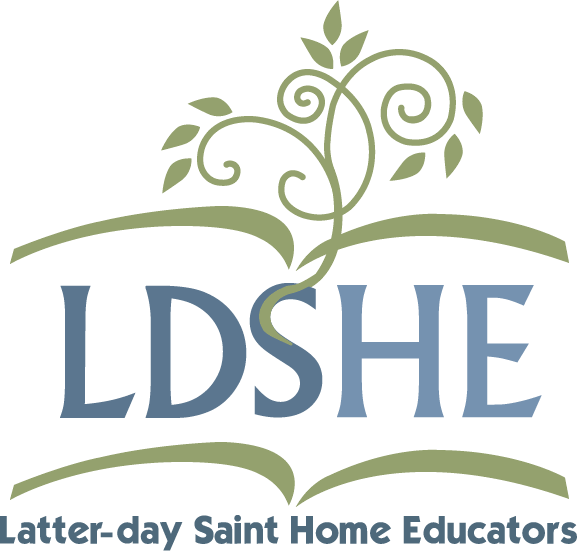By Sarah Gray
I had a wonderful public school education. I started homeschooling my children not because I wanted to save them from anything, but because I wanted them to experience school at its fullest: a way for them to grow personally. Plus, I loved teaching, and teaching my own children sounded so rewarding. I was however, surprised to find that instructing my children “teacher style” (with me lecturing at a chalkboard and them listening) just didn’t work. I found that I had to rethink the way I “taught” school.
John Taylor Gatto wrote in his book Weapons of Mass Instruction about the dangers of schooling kids the way I started to teach mine, with everyone learning from the same book at the same time. He says in his prologue that first it just makes kids bored and teachers bored. He says that to work through this problem, kids need help to “take an education rather than merely receive schooling.” Going through a long list and several stories about people who have taken their education into their own hands, he says, “After a long life, and thirty years in the public school trenches, I’ve concluded that genius is as common as dirt. We suppress genius because we haven’t yet figured out how to manage a population of educated men and women. The solution, I think, is simple and glorious. Let them manage themselves.”
That is what I did in my homeschooling to make it enjoyable. I still do have “mom school” daily, and sometimes this is at a chalkboard, but more often it’s at a river, or in our basement doing karate, or at the table doing artwork. I’m now teaching my children based on what I love, and what they love, and what skills are important for them to learn. Gatto encourages this form of education when he says, “It’s quite rare for an inventive person in any field to trace success to school training. Education must be largely self-initiated, a tapestry woven out of broad experience, constant introspection, ability to concentrate on one’s purpose in spite of distractions, a combination of curiosity, patience, and intense watchfulness, and it requires substantial trial and error risk-taking, along with a considerable ability to take feedback from the environment—to learn from mistakes.” (p. 62)
After thirty years of teaching in the public school system, Gatto quit, determined to make a difference for students in a way that really mattered. He taught students in a physical, active way, beginning with having them walk the streets of Manhattan, mapping the terrain or doing another useful project. His idea was that if kids could get moving, they would get thinking. And they did. (p. 94)
He said, “Reality, when tied to compelling, intellectual work, causes feedback circuits in a majority of the young to produce substantial growth.” (p. 96) He went on to say how easy it is to encourage that growth, but how hard it is to get past the bureaucracy to give students the opportunity to make growth happen. In my life as a homeschooling mother, I’ve thought the same thing many a time. Homeschooling is easy; the hard part is living life! Getting past the chores, the errands, the outside world … that is the biggest problem. Once we are settled into a routine of structuring time to do school projects, the learning takes care of itself.
Gatto encouraged us as parents, teachers, mentors caring for children to “study their needs, not your own, don’t be intimidated by experts, re-connect your kids to primary experience.” If we do this, we will be pleased with the greatness that occurs.
Not all of my family’s homeschooling is “project based.” Much of our time is given to learning math or writing papers. But we do have our project times. These are times when we dive in deep, learning something because we really want to—myself included. Those are the times when my homeschool looks exactly like I want it to. That is what homeschool really means to me.


